LED stage screens have become an increasingly popular choice for events, concerts, and productions. This versatile technology offers numerous benefits over traditional stage lighting. Read on to learn everything you need to know about LED stage screens.
- What is an LED Stage Screen?
- What Scenarios are LED Stage Screens Suitable For?
- Types of LED Stage Screens
- What is the Function of an LED Stage Screen?
- Comparison Between LED Stage Screens and Traditional Stage Lighting
- LED Stage Screen Purchase & Rental Guide
- Key Advantages & Features of LED Stage Screens
- Difference Between Stage Screens and Advertising Screens
- Conclusion
What is an LED Stage Screen?
An LED stage screen is a large format display made up of individual LED panels that can be combined to create a seamless giant screen. Stage screens use high brightness LED panels that are designed for viewing in venues with stage lighting.
LED screens display dynamic digital content including live video, graphics, animations, text, and more. They function as a high-tech backdrop or set piece onto which nearly any visuals can be projected.
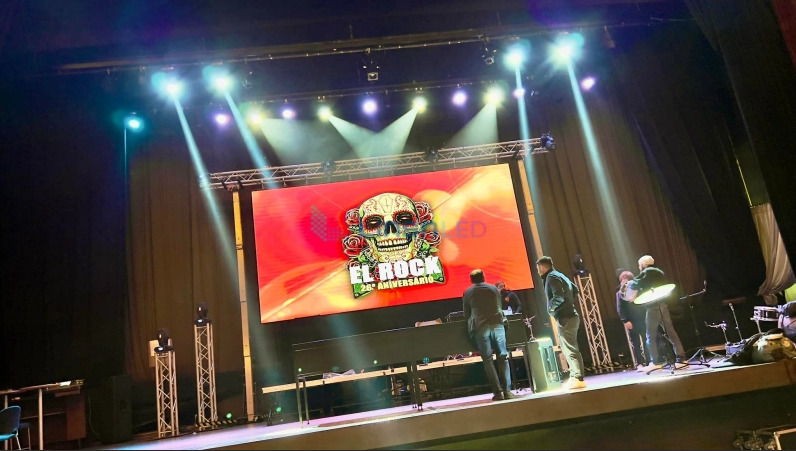
What Scenarios are LED Stage Screens Suitable For?
LED screens are ideal for:
– Concerts – Display live footage of performers on stage, custom graphics, and animated visuals to enhance the show.
– Theater & Dance Productions – Project scenic backgrounds, props, and interactive elements.
– Speaking Events – Highlight speakers with live video magnification. Display graphics and presentations.
– TV/Streaming Productions – Create stunning backdrops for broadcasts and livestreams.
– Corporate Events – Add wow factor with dynamic branded visuals and immersive displays.
– Trade Shows & Exhibitions – Capture attention with engaging content.
Types of LED Stage Screens
Indoor Stage Screens
Indoor screens are designed for well-lit venues like theaters, ballrooms, and studios. They are brighter with higher refresh rates to avoid flicker.
Outdoor Stage Screens
Outdoor stage screens use super high brightness, weatherproof cabinets that are visible in daylight or direct sun. They include coverings and ventilation for outdoor use.
Modular Stage Screens
Modular LED panels can be connected together in different configurations for customizable stage backdrops. These are flexible for changing layouts.
Floor Package Stage Screens
Pre-configured LED floor packages assemble together like giant blocks. These modular systems are easy to set up and transport.
Transparent LED Screens
Transparent LED displays create a glass-like see-through effect. Performers can stand behind the screen with live images projected onto it.

What is the Function of an LED Stage Screen?
LED screens serve multiple functions for events and productions:
Visual Storytelling – Stage screens display relevant, engaging imagery that supports the theme or narrative of a performance or presentation.
Magnification – Live IMAG (image magnification) of onstage action projected onto screens enhances visibility for large crowds.
Interaction – Interactive capabilities allow performers and presenters to interface with screen content.
Flexibility – Digital displays offer infinitely changeable visuals, unlimited creativity, and dynamic possibilities.
Atmosphere – Vibrant motion graphics and effects heighten the ambience and energy.
Comparison Between LED Stage Screens and Traditional Stage Lighting
While LED screens often integrate with stage lighting, they offer unique advantages:
– Endless customization – LEDs display any still or motion imagery while lights have fixed gobos and effects.
– Onscreen video – Screens can project live camera feeds, prerecorded footage, graphics, text, and more.
– Modularity – LED panels can be configured into different layouts and scaled to any size.
– Interactivity – Performers and presenters can interface with screen content in real time.
– Brightness – Advanced LEDs achieve extremely high nits for visibility in venue lighting.
– Energy efficiency – LED tech requires a fraction of the power of traditional lighting.
LED Stage Screen Purchase & Rental Guide
Purchasing Considerations:
– Venue size & screen dimensions – Screen must be large enough for good sightlines.
– Brightness – Consider ambient lighting levels and viewing distances.
– Modularity – Assess needs for interchangeable layouts and scalability.
– Weatherproofing – Outdoor use requires protective cabinetry and ventilation.
– Serviceability – Check that panels are easily serviced and replaced if needed.
Rental Tips:
– Rental for one-off events – More economical than purchasing for occasional use.
– Includes technical support – Experienced professionals handle delivery, setup, operation.
– Flexible sizing – Rent ideal screen dimensions and layout for each event.
– Onsite maintenance – Provided by the rental company to fix any issues.
– Latest equipment available – Access new generation screens without major investment.
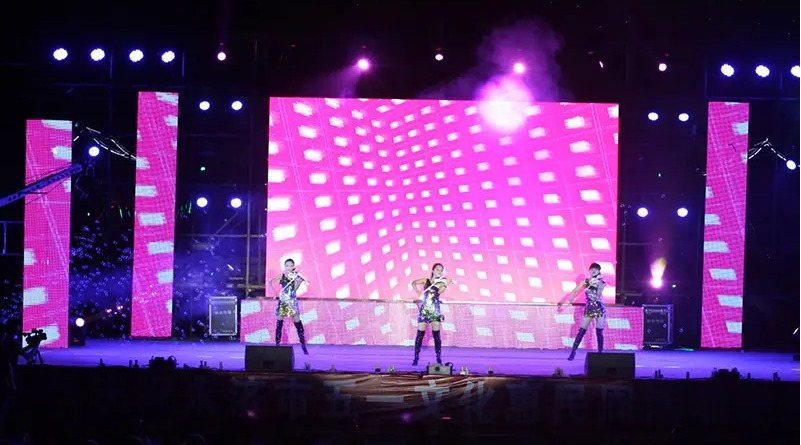
Key Advantages & Features of LED Stage Screens
– Seamless and scalable design with high pixel density
– Ultra-bright imagery visible in venue lighting
– Modular panels for creative configurations
– Durable for frequent assembly and transport
– Wireless control and media management
– Interactive touch capabilities
– Integrated live camera feeds
– Easy to edit and update dynamic content
– Lightweight and energy efficient
Difference Between Stage Screens and Advertising Screens
While both display digital content, LED stage and outdoor advertising screens are designed quite differently:
Stage Screens
– Focus on high brightness and wide viewing angles
– Built for indoor venues and temporary event setups
– Modular or curved configurations
– Designed for live content and interaction
– Higher pixel pitch for close proximity
Advertising Screens
– Made for permanent outdoor installation
– Emphasize protection from weather and sunlight
– Typically fixed rectangular sizes
– Lower resolution for more distance
– Display mainly prerecorded ads & graphics
Conclusion
LED stage screens provide a dynamic backdrop for enhancing events and performances with immersive imagery and interactivity. The unique advantages of LED tech have made these digital displays an in-demand replacement for traditional stage lighting in recent years.
From concerts to corporate galas, LED screens engage audiences with customizable visual storytelling and effects. With smart selection and placement, LED screens can take any production to the next level visually. They represent an exciting development in the creative possibilities for live entertainment.
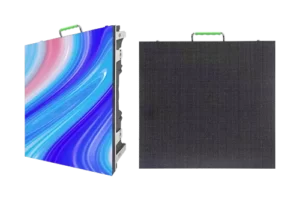


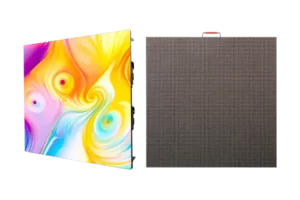
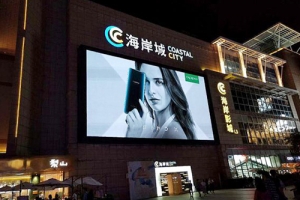


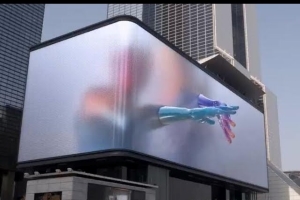
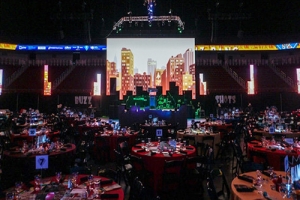

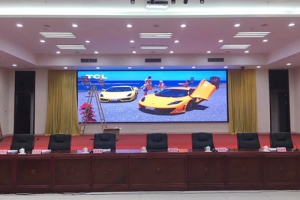
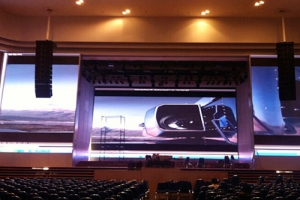
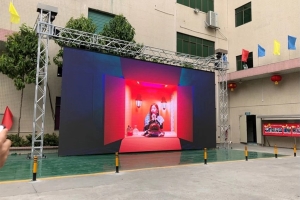
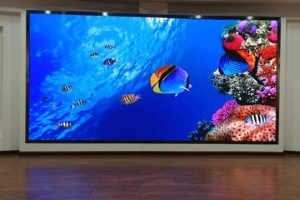
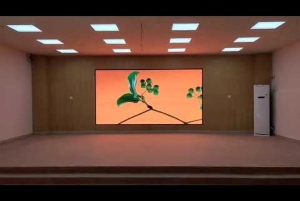
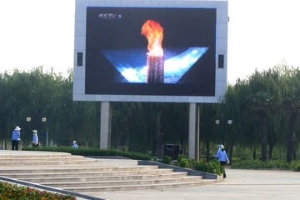


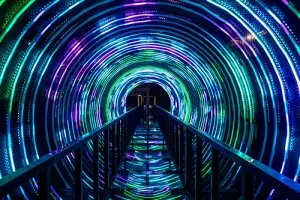


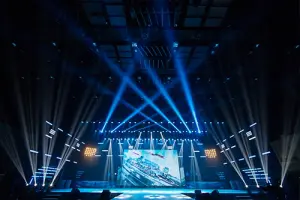
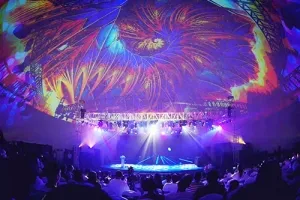
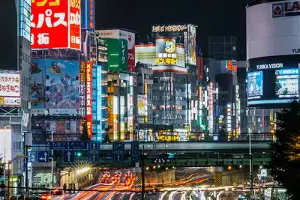
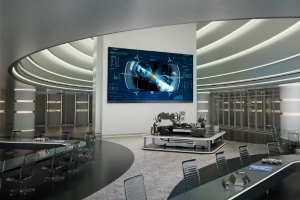






 Language
Language 




